Lead Paint Testing
Lead-Based Paint Testing in {{City, State}}
Proudly Providing Inspection Services for City1, City2, City3, City4, City5, City6, City7, City8, and Surrounding Areas
Lead-based paint is still present in millions of homes across North America. In many instances, it could even hide behind layers of new paint. If lead paint is in good shape, it’s usually not a problem. However, if it starts deteriorating by peeling or chipping, it can become extremely hazardous.
How Common is Lead Paint?
In 1978, the federal government banned consumer use of lead-containing paint due to the dangers of lead poisoning. But according to the United States Environmental Protection Agency, up to 87 percent of homes built before 1940 still have some lead-based paint, while about 24 percent of homes built between 1960 and 1978 have it. The older the residence, the more likely it is to contain lead paint, whether a single-family home or apartment unit. Lead paint is widespread and can be found in rural, suburban, and urban homes in every state.

Statistics on Lead-Based Paint
- Approximately 29 million residences (including apartments) are estimated to have at least some lead paint
- Of these, 3.9 million residences are home to at least one child
- 1 in 40 children ages 1-5 have an unsafe level of lead in their blood
Applying modern paint over lead paint doesn’t always remove risk factors. Newer layers can chip, peel, crack, or dampen, exposing the lead paint and creating an urgent safety issue. That’s why it’s still crucial to test for lead in any areas with damaged paint.
What’s an NPI Lead Paint Inspection?
Our inspectors utilize the latest technology and professional 3rd party laboratories to identify and test for precise levels of lead in your home. Using a specialized analyzer, we scan surfaces in your home and read the collected data to determine whether the unique fingerprint of lead is present. This method is completely non-destructive, unlike other testing methods which require scratching of surfaces or taking chip samples of paint.
Next, we use a technique called dust wiping to collect surface samples from a selection of floors, window sills, and window troughs throughout the home. These samples are then sent to our trusted third-party laboratory, which analyzes them for the presence of lead. With these results, we provide you with a detailed report that gives you an accurate read of lead levels in your home.


